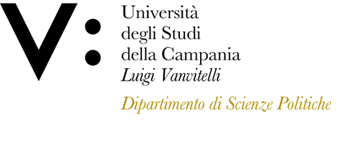Stefano DEPLANO
Insegnamento di LAW AND ALGORITHMS
Corso di laurea magistrale in RELAZIONI E ORGANIZZAZIONI INTERNAZIONALI
SSD: IUS/01
CFU: 6,00
ORE PER UNITÀ DIDATTICA: 36,00
Periodo di Erogazione: Secondo Semestre
Italiano
| Lingua di insegnamento | INGLESE |
| Contenuti | Gli algoritmi si governano diversi aspetti della nostra vita. Lo statuto normativo applicabile agli degli algoritmi solleva molte questioni: l'obiettivo del corso è comprendere l'impatto degli algoritmi sull'attività interpretativa in relazione a specifiche ipotesi di interesse. |
| Testi di riferimento | M. Ebers and S. Navas (eds.), Algorithms and Law, Cambridge University Press, 2020. |
| Obiettivi formativi | Conoscenza e capacità di comprensione. Lo studente dovrà dimostrare una conoscenza almeno sufficiente degli argomenti indicati nel programma (knowledge and understanding). |
| Prerequisiti | E' necessaria una conoscenza approfondita dei corsi di: Diritto privato, diritto internazionale, diritto costituzionale |
| Metodologie didattiche | Lezioni frontali e lezioni "capovolte". Le 36 ore del corso si sviluppano in modo interattivo: gli studenti dovranno studiare, volta per volte, il materiale indicato e venire in classe preparati a discuterlo. |
| Metodi di valutazione | Gli studenti saranno valutati sulla base di (2) prove scritte e (1) prove orali. |
| Programma del corso | Lezione 1 - Robotica e intelligenza artificiale |
English
| Teaching language | English |
| Contents | Algorithms have been infiltrating and governing several aspects of our lives. Governance by algorithms raises many legal challenges: the aim of the course is to understand the legal impact of algorithms on lawyers, judges, public administrations and States. |
| Textbook and course materials | M. Ebers and S. Navas (eds.), Algorithms and Law, Cambridge University Press, 2020. |
| Course objectives | Knowledge and understanding skills. The student must have a good knowledge of the topics indicated in the program; must also have the ability to understand the subject, with regard both to the institutes analyzed both to the principles and rules that govern the current law system. Most important: student will also have to show how to develop own and original ideas. |
| Prerequisites | An in-depth knowledge of the following courses is required: Civil Law, International Law, Public Law |
| Teaching methods | Lectures and ‘flipped’ classes. The course’s 36-hours are developed interactively: students will be expected to do all the reading assignments and come to class prepared to discuss them. |
| Evaluation methods | Students will be assessed on the basis of (2) written and (1) oral assessments. |
| Course Syllabus | Lecture 1 – Robotics and Artificial Intelligence |








